战国官印:罕见珍贵的和田青玉《徒世秦建英功》印章
战国官印:罕见珍贵的和田青玉《徒世秦建英功》印章
The official seal of the Warring States Period: the rare and precious seal of the apprentice Qin Jianying Gong by Hetian Qingyu
长15cm,宽10.8cm,高19.6cm,重5.188公斤
It is 15cm in length, 10.8cm in width, 19.6cm in height and 5.188kg in weight
舍德善再无学问,求玉道不外人品;
He is good at giving up virtue, no more learning, and seeking jade is nothing more than character;
和璧随珠辉光报国,琼英朱草福喜入门!
Hebi serves the country with the Pearl's brilliance. Introduction to qiongying, Zhucao and Fuxi!
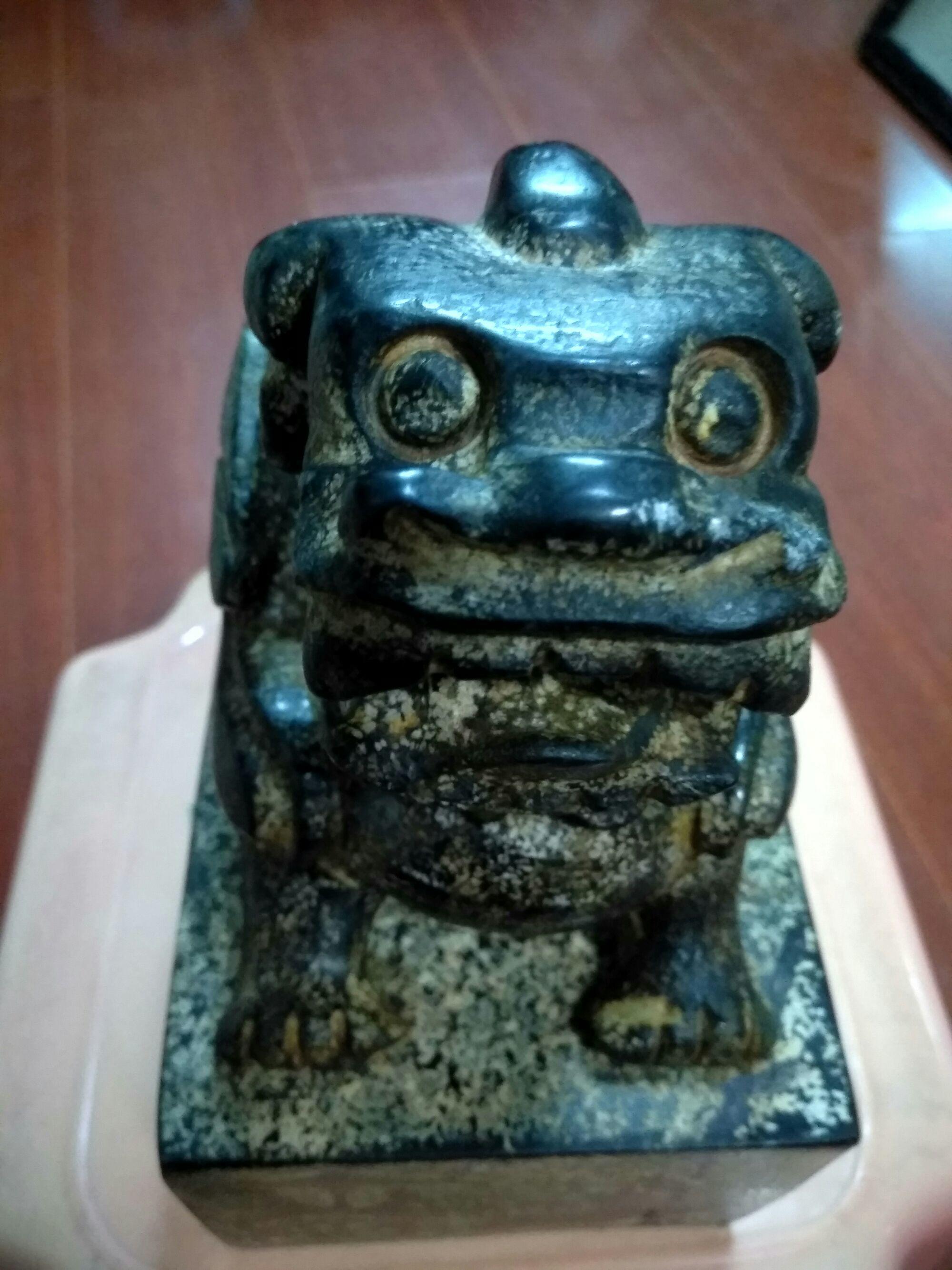
青玉是和田玉四大类别之一,主要分布在新疆塔里木盆地之南的昆仑山脉。
Sapphire is one of the four major types of Hetian jade, mainly distributed in the Kunlun Mountains in the south of Tarim Basin, Xinjiang.
和田青玉是和田玉中数量最大的组成部分,其物质成分跟白玉相近,其中,有一部分细腻的青玉韧性也更好。青玉由淡青色到深青色,颜色的种类很多,古籍记载有蚺子青、鼻涕青、蟹壳青、叶青等等。
Hetian jade is the largest component of Hetian jade. Its material composition is similar to that of white jade. Among them, some delicate jade has better toughness. There are many kinds of colors from light cyan to dark cyan in sapphire. Ancient books record that there are many kinds of colors, such as Juezi green, Nasi green, crab shell green, Yeqing and so on.
和田青玉在和田玉中是硬度最高的,玉质细腻温润、玉色深重且纯正一致,整体呈现刚劲之气,寓意着基业长青,所以从古至今一直都是国玺的主要选材,历代封建王朝的传国玉玺均为青玉材质,代表清王朝最高皇权的清二十五方宝玺中,有13枚都是青玉玉玺,所以玉器专家都称和田青玉为“帝王之玉”。
Hetian jade has the highest hardness in Hetian jade. The jade is delicate, warm, deep and pure. The overall appearance of the jade is vigorous, implying that the foundation will be evergreen. Therefore, it has been the main material for national seals since ancient times. The national jade seals of the feudal dynasties are all made of sapphire. Among the 25 imperial seals representing the highest imperial power of the Qing Dynasty, 13 are all sapphire jade seals Jade experts call Hetian Qingyu "the jade of the emperor".
高古玉多为帝王皇家达官贵人用玉,从用料、制作工艺、文化气息上有着厚重深奥的内涵。除了欣赏古人的琢玉技艺、品味高古玉中神韵飞扬的历史文化内涵以外,把玩一块高古玉,就像品读着年代久远的历史的传奇,手中古玉演绎的人间故事隐约可观,古意融融,人玉灵通,把玩者的心境是不可以用语言表述的。
Gaogu jade is mostly used by emperors and nobles. It has profound connotations in materials, production technology and cultural atmosphere. In addition to appreciating the jade carving skills of the ancients and appreciating the historical and cultural connotation of the high ancient jade, playing with a piece of high ancient jade is like reading the legend of a long history. The human story deduced by the ancient jade in the hand is indistinct and considerable, the ancient meaning is harmonious, the human jade is smart, and the player's mood can not be expressed in words.
高古玉沁色种类凡多,有红沁、朱砂沁、土沁、水沁、金属沁、水银沁等等。所呈现的色彩主要有红色、黄色、黑色、白色、绿色、紫色、蓝色及过渡色。沁色一词是一个笼统的概念,实际上应当是外界化学元素沁入玉中所呈现出的色彩变化和状态特征。色彩是有别于玉质本色的来自于外界的其他色素。非交互状态表现形式为色彩的相对独立性,没有与玉的分子结构产生互变。交互状态表现形式为外来原素与玉内原素产生互变,从而改变玉的本质结构变化,这一过程往往需要很长时间。
There are many kinds of Qin color in Gaogu jade, such as Hongqin, zhushaqin, Tuqin, shuiqin, metalqin, mercurial Qin and so on. The main colors are red, yellow, black, white, green, purple, blue and transition colors. The word "Qinse" is a general concept. In fact, it should be the color changes and state characteristics of external chemical elements in jade. Color is different from the natural color of jade, other pigments from the outside world. The form of non interactive state is the relative independence of color, which does not change with the molecular structure of jade. The form of interaction is that the external elements and the internal elements change each other, thus changing the essential structure of jade. This process often takes a long time.
古玉为古代美石之泛称,此和田青玉《徒世秦建英功》印章,长15cm,宽10.8cm,高19.6cm,重5.188公斤,保存相当完好,为战汉时期风格。
Ancient jade is the general name of ancient beautiful stone. The seal of "Tu Shi Qin Jian Ying Gong" by Hetian Qingyu is 15cm long, 10.8cm wide, 19.6cm high and 5.188kg heavy. It is well preserved in the style of the Han Dynasty.
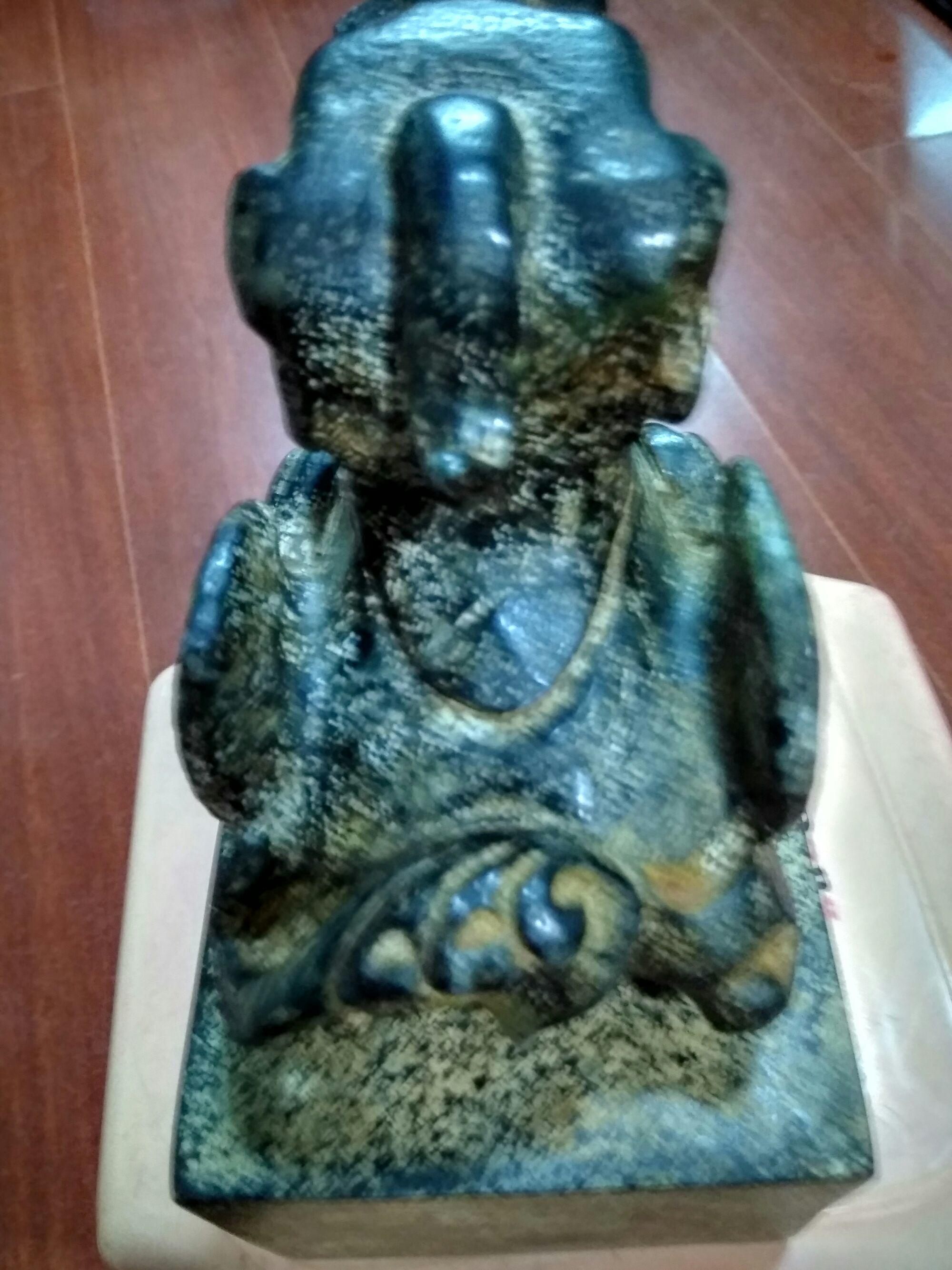
此器物包浆浓厚,钙化自然,沁色入骨,深入肌理;出天子、制礼仪、次序天下,对古老的龙,也要具体的形象化,此印章雕刻龙选用奇特玉材,集众物形态之灵形,采用阴线、斜刀技法琢成。刀法娴熟,一气呵成,马头、牛鼻、鲨鱼嘴、目雷纹眼、羊角、蛇颈、单人足、鸟肚、虎尾、鱼尾纹、造型完整,形象生动,威猛有力、此玉龙,随光变化奇幻无穷,并且阴刻篆文徒世秦起英功,非立大功之臣不可得、不可用,同时也是对权利的象征,体现战功赫赫的臣子的臣子的至高无上的荣誉,侧面所采用浮雕战汉时期车马人物纹画像,实属罕见之物。上挑的眼眶里,一双浑圆的眼睛,透过三千五百年的时光,与你对视。
The seal carving dragon is made of peculiar jade material, which combines the spiritual forms of various objects, and is carved with Yin thread and oblique knife techniques. The sword is skillful and can be made in one stroke. It has horse head, ox nose, shark mouth, eyes with thunder patterns, sheep horn, snake neck, single foot, bird belly, tiger tail and fish tail patterns. The shape is complete, vivid, powerful and powerful. The jade dragon changes with the light and has endless fantasy. Moreover, the Yin engraved seal script apprentice Qin Qiying is not available and can not be obtained. At the same time, it is also a symbol of power and reflects the great military achievements It is a rare thing that the relief relief relief of chariots and horses in Han Dynasty is used for the supreme honor of his ministers. In the eye socket, a pair of round eyes, through 3500 years of time, and you look at each other.
此和田青玉《徒世秦起英功》印章是由一位来自美国华裔的大收藏家所得,据大藏家所述,当时由八国联军侵略圆明园时所抢掠被带出国门之外,从而追查完全可知晓此罕见器物来之不易,大藏家于爱国之心非常愿意让此藏品回归于祖国,实属难得。从藏品所介绍可谓是孤品之物。不管从收藏还是投资价值空间巨大。
The seal of "Tu Shi Qin Qi Ying Gong" by Hetian Qingyu was obtained by a large Chinese American collector. According to the collector, it was looted by the Allied forces of the eight countries when they invaded the Yuanmingyuan Garden and was taken out of the country. It can be seen from tracing that this rare object is not easy to come by. The collector is very willing to return the collection to the motherland with patriotism, which is really rare. From the collection, it can be said that it is an isolated thing. Whether from collection or investment, the value space is huge.
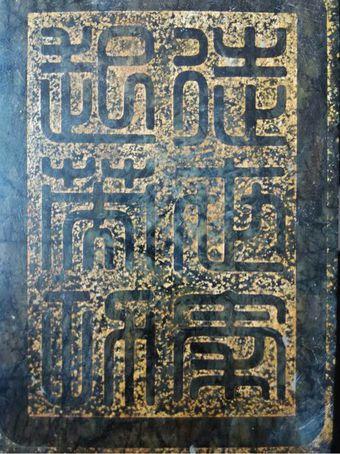
所谓官印,即官府机构使用的大印。这是官员行使权力的信物,所以古人也把它叫作“印信”。官印的出现一般认为是春秋战国末期。《史记》说秦国大臣蔡泽出使他国即“怀黄金之印。”在此之前,官吏无印而用符节,之所以由官印代替符节,主要是各诸侯国之 间交往频繁,需要有代表不同级别官员的“印信”。纵横家苏秦游说六国合纵御秦,身 上就挂了六个国家的相印。
The so-called official seal is the seal used by the government. This is a keepsake for officials to exercise their power, so the ancients also called it "Yinxin". The appearance of official seal is generally considered to be the end of spring and Autumn period and Warring States period. According to historical records, Cai Ze, Minister of the state of Qin, sent an envoy to other countries, which means "cherishing the seal of gold." Before that, officials used talismans without seals. The reason why the talismans were replaced by official seals was that there were frequent exchanges among the vassal states, and "seals" representing officials of different levels were needed. Su Qin, a political strategist, lobbied the six countries to jointly govern Qin, and he had the seal of six countries on his body.
秦始皇统一六国,也统一了官印制度。自丞相到郡守县令,都由中央政府授予官印。同时还配发一条丝带,叫作“印绶”,用以拴系印纽。据《历代社会风俗事物考》 介绍,古代官吏佩印都挂在胳膊肘上,刻刻不能离开。自战国时期至魏晋之际,都是如此。作者感慨道:“由今思之,凡印皆金质,终日系肘上,有妨动作,甚可笑也。”
Qin Shihuang unified the six states and the official seal system. From the prime minister to the county magistrate, the official seal was granted by the central government. At the same time, a silk ribbon, called "yinshou", was issued to tie the Yinniu. According to the research on social customs and things of the past dynasties, the seals of ancient officials were all hung on their elbows and could not be left. From the Warring States period to the Wei and Jin Dynasties, it was the same. The author said with emotion: "from this point of view, all seals are made of gold. They are always on the elbow. It's ridiculous that there are harmful movements."
印绶不仅仅栓系印纽,还有识别官员级别的作用。比如汉代,丞相、太尉、一品高官,印绶为紫色;御史大夫及两千石以上官员,印绶为青色;六百石以上官员,印绶为黑色; 二百石以上官员,印绶为黄色。
Seal ribbon is not only used to tie the seal button, but also to identify the rank of officials. For example, in the Han Dynasty, for prime ministers, Taiwei and Yipin high-ranking officials, the seal ribbon was purple; for imperial historians and officials with more than 2000 stones, the seal ribbon was blue; for officials with more than 600 stones, the seal ribbon was black; for officials with more than 200 stones, the seal ribbon was yellow.
到了晋代,印绶又被皮革制作的印囊代替,盛进官印之后挂在腰间,这也是官印佩挂的一大进步,否则老是挂在胳膊肘上,实在太不方便。
In the Jin Dynasty, the seal ribbon was replaced by the seal bag made of leather. After it was put into the official seal, it was hung on the waist. This was also a great progress in the official seal hanging. Otherwise, it would be too inconvenient to hang it on the elbow.
古代官印由御史台统一制作,基本上皆为正方形,只有后来的西夏官印用圆角形。制作官印所用材料,并非全用黄金。汉代一品大员官印,用金制作;御史大夫及两千石 以上官员,印为银质;其余皆为铜制。
The ancient official seals were made by Yushitai, and they were basically square. Only the later Xixia official seals were round. The materials used to make official seals are not all gold. In the Han Dynasty, Yipin official seal was made of gold; yushidu official seal and more than 2000 stone official seal were made of silver; the rest were made of copper.
汉代官印有多大呢?《汉书》云:“方寸之印, 丈二之组。”清代桂馥《续三十五举》也说:“古者官印不过寸许,私印更小,六朝以降始渐大。”从出土的历代官印来看,皆不过一寸多点儿,戏台上官印超过砖头大小, 显然是夸张的需要。
How big is the official seal of Han Dynasty? "Hanshu" said: "the seal of square inch, Zhang two group." In the Qing Dynasty, GUI Fu's "xu35ju" also said: "in ancient times, the official seal was no more than a inch, and the private seal was smaller. It began to grow since the Six Dynasties." Judging from the unearthed official seals, they are only a little more than an inch. The official seals on the stage are larger than the size of bricks, which is obviously a need for exaggeration.
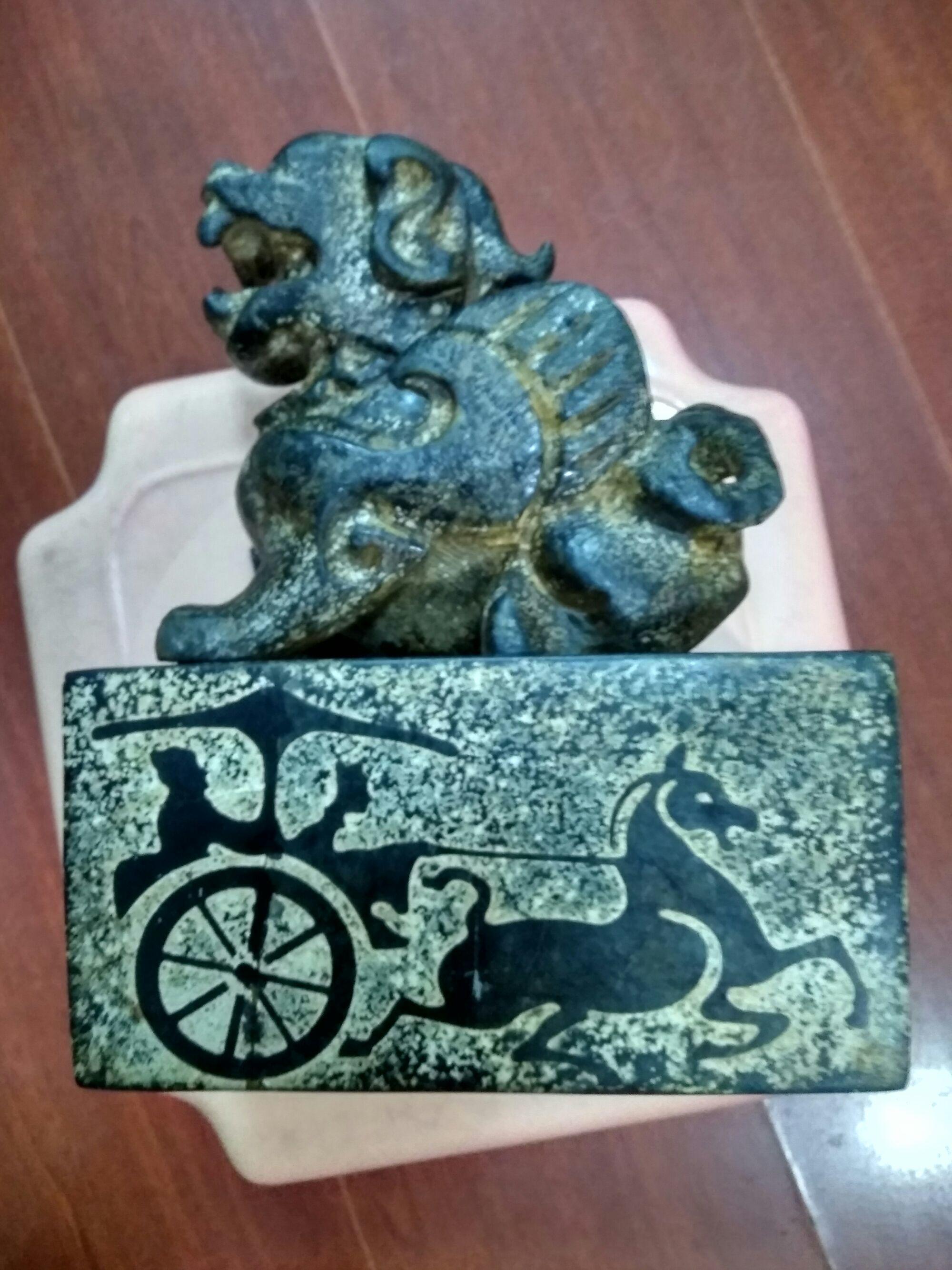

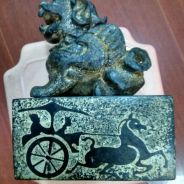
0 条 评 论 Write a Response